Ghana
Ghana is taking a bold step in making an unprecedented move to protect “Kente”, its centuries-old handwoven fabric, by establishing stronger intellectual property rights and geographical indication (GI) status.
The decision has stirred a debate across the global fashion industry, where African motifs have long inspired major designers, but often without acknowledgement or benefit to the source.
The question then is, “Can legal recognition of Ghana’s cultural heritage reshape how global fashion brands use traditional African designs?
A heritage woven into law
For generations, Kente, characterised by bold geometric patterns and symbolic colours, has served as more than just cloth. It is worn on occasions of dignity, authority, and celebration.
In December 2024, the Kente cloth was inscribed onto UNESCO’s Representative List of Intangible Cultural Heritage of Humanity.
This new claim will ensure that Kente becomes a protected national symbol, ensuring that any commercial usage abroad acknowledges its cultural origin and, potentially, contributes royalties to local weavers in Ghana.
” If successful, Kente could become Africa’s first textile to gain broad international protection under WIPO and WTO cultural property frameworks, positioning Ghana at the forefront of a growing global movement to decolonise design. According to Ghana's ministry of tourism.
The Fashion Industry’s Reckoning
Luxury and fast-fashion labels have frequently incorporated African aesthetics, from Kente and Ankara to Maasai beadwork, without formal agreements or compensation to the communities that created them. Ghana’s new move challenges that practice.
This is likely to raise the issue of ethical sourcing in the coming days.
The ripple effects could also reach major fashion capitals like Paris, Milan, and New York, where African-inspired collections sometimes appear on runways. Legal experts say brands may soon need to negotiate usage rights or develop co-branding deals with Ghanaian cooperatives and designers, much like how French Champagne and Indian Darjeeling tea enjoy GI protection.
Cultural Ownership Vs Creative Freedom
Not everyone is convinced yet. While some designers worry that stricter protections could hold back cross-cultural creativity, others argue that global enforcement may be challenging, given the fluid nature of design adaptation. Yet, some African creators see this as an overdue correction.
A Blueprint for the Continent?
Ghana’s initiative could inspire similar actions across Africa, where traditional crafts often face exploitation without compensation. Nigeria has long debated protection for its Aso-Oke and Adire textiles, while Kenya and Tanzania have explored frameworks to also protect Maasai intellectual property.
If international acceptance follows, Kente could mark the start of a broader shift, one that ensures communities behind African motifs are well compensated when they appear in luxury collections
The real question, however, is whether global fashion is ready to meet this with cooperation.



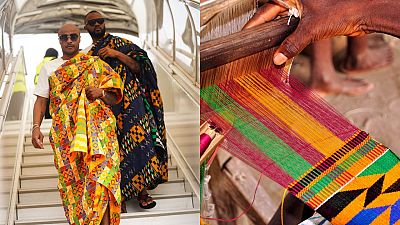

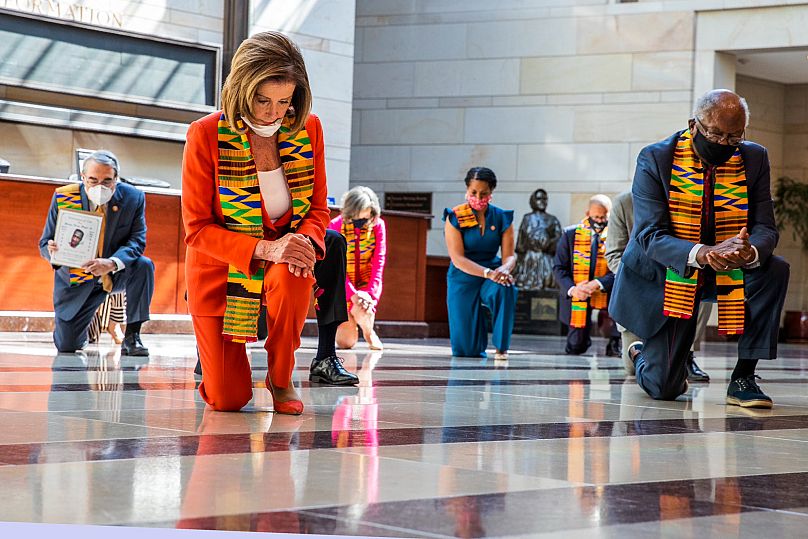
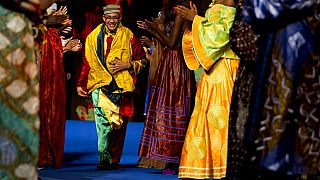
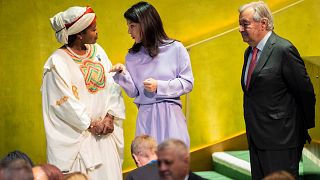
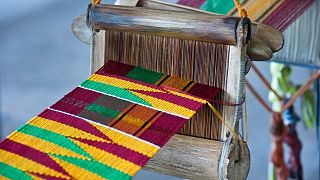






Go to video
WHO condemns airstrikes that killed 114 in Sudan
Go to video
Tanzania blocks activists online as independence day protests loom
Go to video
A full-blown industry': Inside Nigeria’s kidnapping economy (Africanews Debates)
Go to video
Kagame and Tshisekedi in Washington: Can Trump broker peace in DR Congo's endless war?
Go to video
Kenyan MPs accuse British troops of sexual abuse and environmental harm
Go to video
Gunman hijacks aid plane in South Sudan, demands flight to Chad